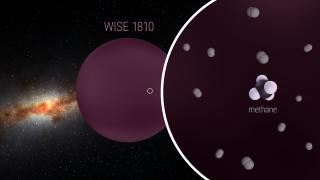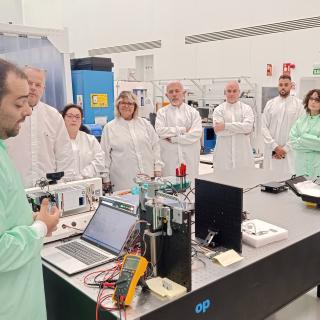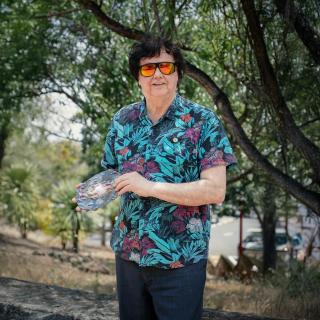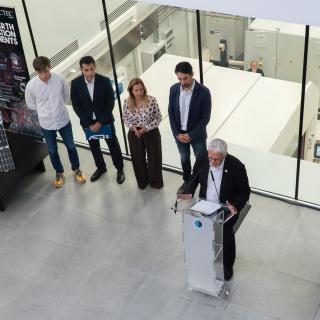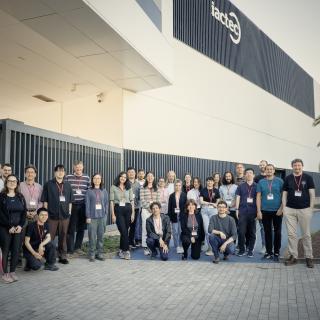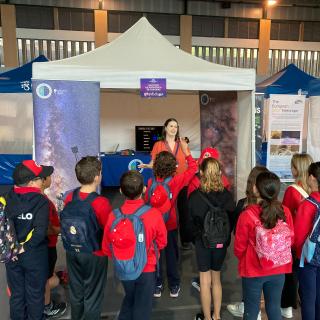
The Instituto de Astrofísica de Canarias (IAC) is once again participating in the Miniferias de la Ciencia y la Innovación en Canarias, reinforcing its commitment to popularising science and bringing astronomy closer to the Canarian public. Through its Scientific Communication and Culture Unit (UC3), the research centre is taking part in the activities organised in La Palma from 22 to 24 May. Become astro-detectives for a day Astrophysicists and popularisers Alfred Rosenberg and Alejandra Goded lead the activity ‘Astro-detectives: How do astrophysicists study the Universe?’, an interactive
Advertised on
